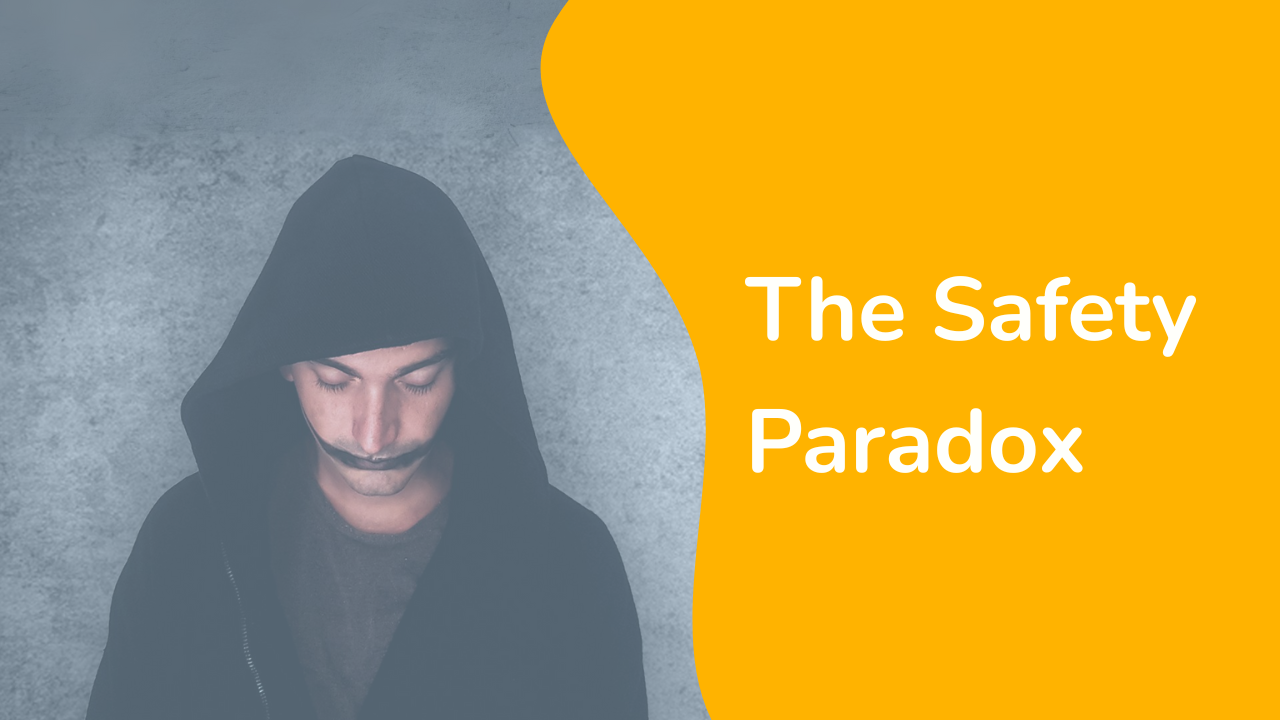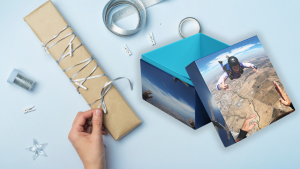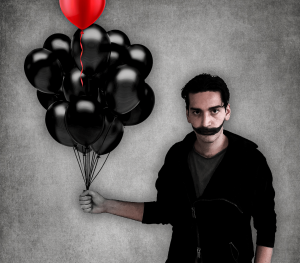It’s a feeling many of us know intimately, even if we don’t speak of it. It’s the low hum of dread on a perfectly calm Sunday evening. It’s the tightness in your chest when everything on paper is “fine.” It’s the sense of being on high alert that defines comfort zone anxiety, leaving you feeling unsafe even when you are, by every rational measure, completely secure.
We build walls around our lives, brick by brick, with good jobs, stable routines, and predictable relationships. We refer to this sanctuary as the “comfort zone.” It is the place we are told to seek, the prize for our hard work.
And who could blame us for building these walls? This drive for safety isn’t a modern invention or simple societal programming; it’s an ancient echo. Our ancestors knew a world of genuine peril, where comfort was a fleeting gasp of air in a storm, a rare and vital shelter. For them, seeking sanctuary was a life-saving instinct.
But the storm has passed. And we, their descendants, are still building. We have fortified the shelters and expanded them into sprawling estates, forgetting that the danger has receded. The very instinct that once saved them now quietly imprisons us.
What if the very place you run to for safety is the source of your anxiety? What if your attempt to avoid all risk is the single greatest risk you’re taking with your mental well-being?
This is the Safety Paradox: our relentless pursuit of a risk-free life doesn’t lead to peace, but to a state of chronic, low-grade anxiety. We’ve traded overt fears for a pervasive sense of dread, and it’s time to understand why.
Fear is a Lion, Anxiety is a Hornet's Nest
Your comfort zone is the meticulous act of avoiding every potential lion, big or small. In doing so, you have inadvertently surrounded yourself with this buzzing nest. For every lion you avoid, another hornet is added to the nest.
We build the nest piece by piece, with every small act of avoidance, every unfaced “lion cub.”
It’s the email you don’t send because it might create conflict. One hornet is born.
It’s the flicker of a thought, to learn a new skill, to start a new project, that you immediately extinguish because you’re afraid you’ll be bad at it. Another hornet joins the nest.
It’s the truth you don’t speak in a meeting, the boundary you don’t set with a loved one, the phone call you keep putting off. Hornet after hornet.
With each small act of avoidance, you are rewarded with a fleeting moment of relief. But beneath that relief, you send a powerful, insidious message to your nervous system: “That was a valid threat. I am not capable of handling it.” You shrink your world by an imperceptible degree. The walls of your comfort zone close in just a little tighter, and the buzzing inside gets a little louder.
The True Cause of Your Comfort Zone Anxiety
To understand this, we need to redefine what we’re afraid of.
We think of fear as a lion. A clear, singular threat you can see, face, fight, or flee. When you see a lion, your body knows what to do. The fear is sharp, immediate, and has a purpose. Running from a lion, even if it’s a metaphorical one like quitting a job or ending a relationship, makes a terrifying kind of sense.
But the anxiety that plagues most of us isn’t a lion. It’s a hornet’s nest we’ve stumbled into in the dark. It’s a thousand tiny, unseen threats buzzing from every direction. The feeling isn’t sharp terror; it’s a constant, overwhelming hum of dread. You don’t know where the next sting will come from, so you freeze, your every muscle tensed for an attack that never fully arrives but always feels imminent.
How to Dismantle Your Comfort Zone Anxiety, One Hornet at a Time
So, how do you escape a nest of your own making? You don’t charge it with a baseball bat. You don’t try to burn it down. That’s just another form of panic.
The path forward is quiet, deliberate, and deeply personal. It is the gentle art of dismantling your nest, one hornet at a time.
1. Map the Nest (A Courage Inventory)
This isn’t about judgment; it’s about gentle observation. Take out a journal and sit with the buzzing.
What areas of your life feel charged?
What conversations are you avoiding?
What decisions are you putting off?
What quiet whispers of desire are you ignoring?
Simply write them down. See them for what they are: not a testament to your failure, but a map of where your power lies dormant.
2. Choose a Single Hornet
Look at your map and find the smallest, most cowardly hornet on the list. We are not trying to be heroes today. We are trying to be scientists. The goal is to run a small, low-stakes experiment to gather data on your own capability.
3. The Micro-Exposure
Define an action that is so small it feels almost ridiculous.
Your experiment is not “have the big talk.”
It’s “write down the single most important sentence you need to say.”
It’s not “start a business.”
It’s “spend ten minutes researching one single aspect of it.” The action itself should be manageable, even if the feeling behind it is not.
4. Redefine Success
This is the most important step. The goal of this experiment is not a successful outcome. The goal is the act of trying. The moment you take that micro-action, you have succeeded, completely and totally.
You have sent a new message to your nervous system: “See? I can face this. I can survive the sting.” You have proven to yourself that the buzzing is manageable. That is the only win that matters. With that single act, you have removed one hornet from the nest.
Stop trying to build higher walls to protect yourself from the world. The comfort zone provides the illusion of safety, but true psychological safety is not the absence of risk. It is the deep, embodied knowledge that you can handle the risks you encounter.
True peace is not found in a life without fear, but in the quiet confidence that you are capable of meeting it.
True Safety is Not Comfort, It's Capability
Arguably, my favourite quote of all time is from Tom Cruise, and he said
“Don’t be careful, be competent”
The goal is not to live a reckless life, but to consciously step beyond the false safety that creates comfort zone anxiety.
Stop trying to build higher walls to protect yourself from the world… True peace is not found in the absence of fear, but in the quiet confidence that you are capable of meeting it.




